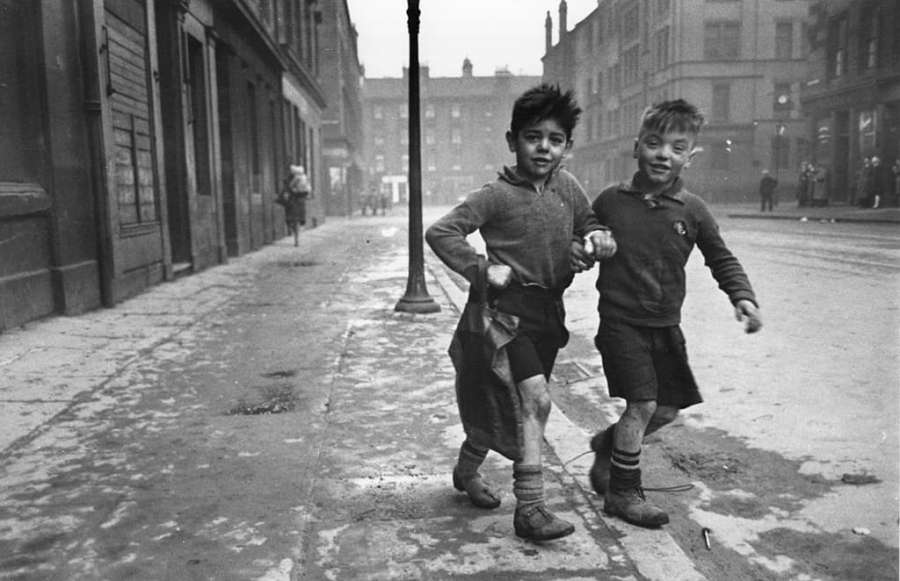Picture Stories, a new documentary celebrating the life and legacy of the hugely influential Picture Post magazine, is about to be released. The director, Rob West of Ship of Life films, explains how it all came about
“This is my first documentary film and it’s been a long gestation,” Rob explains. “I had been aware of Picture Post for years, and knew the brother of its celebrated editor, Tom Hopkinson. I soon realised how little had been done about the magazine and its photographers over the last 20 or 30 years, however. This piqued my curiosity and I decided to do a documentary on Picture Post, looking at it through the eyes of modern day photographers and examining how it had influenced them.
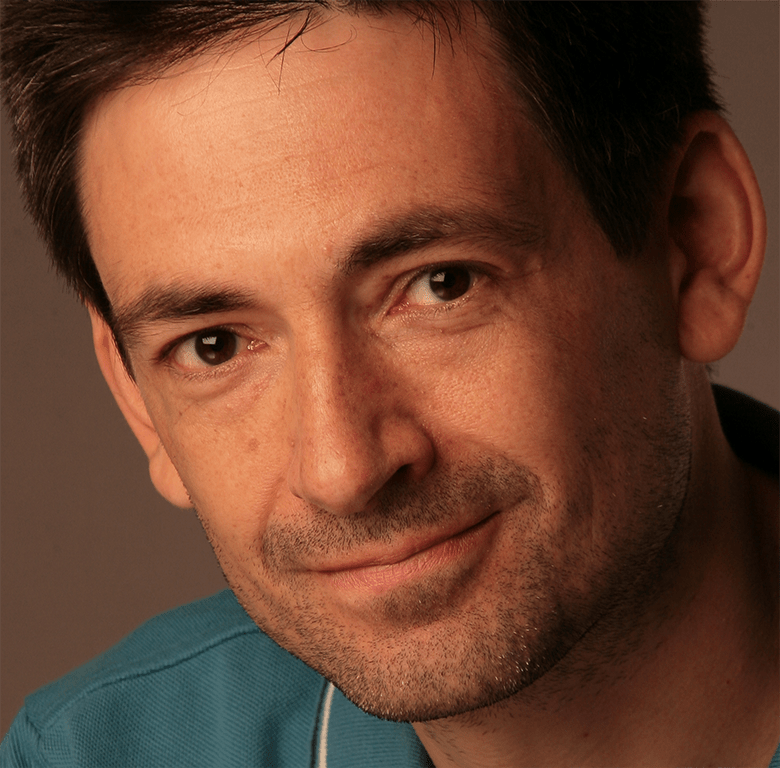
Rob West, who directed Picture Stories
Rob began by approaching Getty Images who own the archive and rights to much the legacy. “They were very enthusiastic about the project,” says Rob. “Tens of thousands of different stories were in the archive, many of which were ever published, so it was a huge, rich depository. In the movie, we tried to capture the breadth of that work, showing how it also focussed on ordinary life – today what might be called documentary/street, as opposed to the war photography.
We wanted to explore the idea that under the founding editor, Stefan Lorant, the magazine showed ordinary people as they were, unposed, while also exposing social conditions in Britain. So the revolution in Picture Post’s photographic approach was also supporting a political agenda – it’s this coming together that makes the magazine so interesting.”
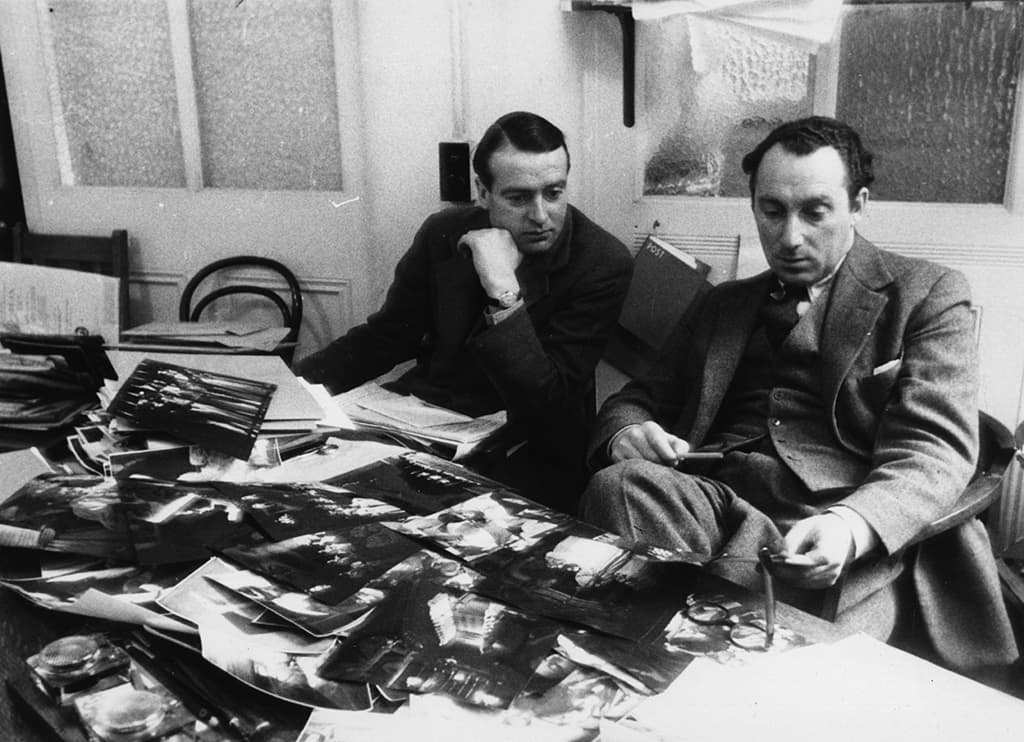
Stefan Lorant (1901 – 1997) editor of Picture Post, discusses the forthcoming issue of the magazine with Tom Hopkinson (1906 – 1986), assistant editor (left).
Picture Stories includes some of the last surviving people to have been involved in Picture Post. “I contacted as many people as I could,” Rob explains. “One contact led to another and so on. It’s been a continuous process and I am still learning, as there is such a richness of material.”
Hardy and his contemporaries
Bert Hardy is the photographer most strongly associated with Picture Post, but as Rob is keen to stress, there were many other fine contributors on its books. “We tried to create a bit more of a balance, so we also give prominence to Kurt Hutton, who really captured the magazine’s ethos and spirit, and Humphrey Spender, who’d come the from the Mass Observation project.
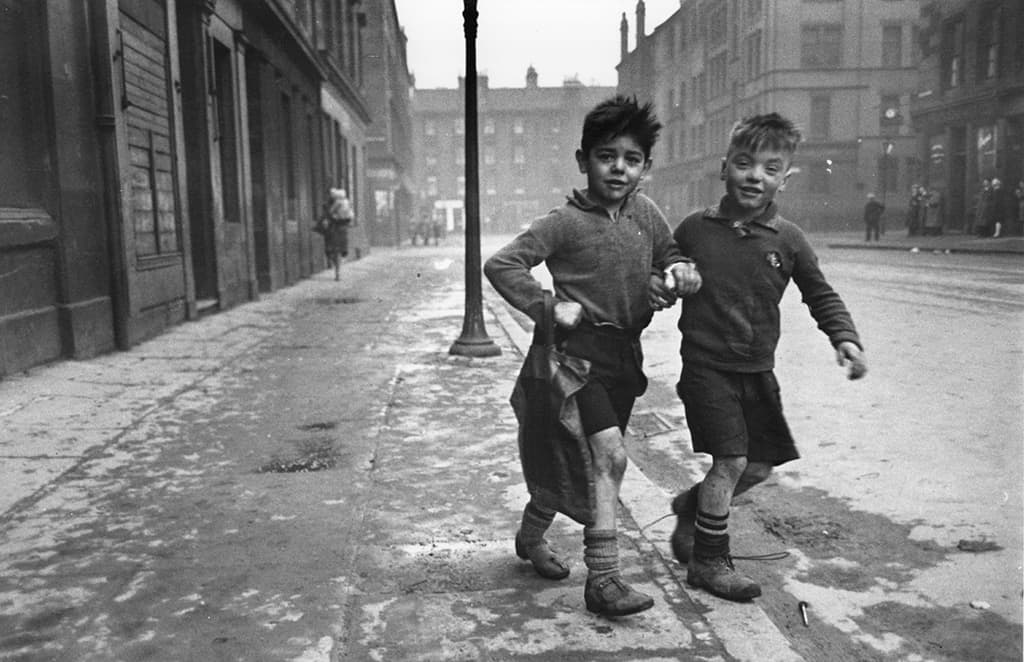
One of Bert Hardy’s most famous images, showing two boys in the deprived Gorbals area of Glasgow. Originally published in 1948
Then you have Haywood Magee, the archetypical Picture Post photographer, whose work is best seen as complete photo stories rather than single striking images, and of course, Thurston Hopkins… There were are some really prominent women photographers too, notably Grace Robertson.”
As Rob notes, Picture Post had a strong influence on later photographers, including Don McCullin – who recalls how reading copies in the barbers was a big part of his photographic education – and Daniel Meadows. “There is clearly a continuous thread from Picture Post to later photographers who were trying to capture life on the streets.”

22nd January 1955: A trio of Jamaican immigrants walking the streets of Birmingham.
Era-defining
While Covid-19 has made life tough for street and documentary photographers, Rob reminds us that things were even more difficult for the publishers of Picture Post during the war. “When Stefan Lorant left for the US owing to problems with immigration, Tom Hopkinson took over as editor. Unlike Lorant, he was very much from the English establishment, but he worked very closely with him from the outset and learned a lot about laying out a picture story and how pictures and text work together.
With Stefan gone and Kurt Hutton interned, Picture Post had to use home-grown photographers much more. It was quite a difficult adjustment but they carried on the traditions very effectively – they were also working in tough conditions during the war, with bombs falling, paper scarce etc. Hopkinson often had to fight with the censors to get images published too, a battle he didn’t always win.”
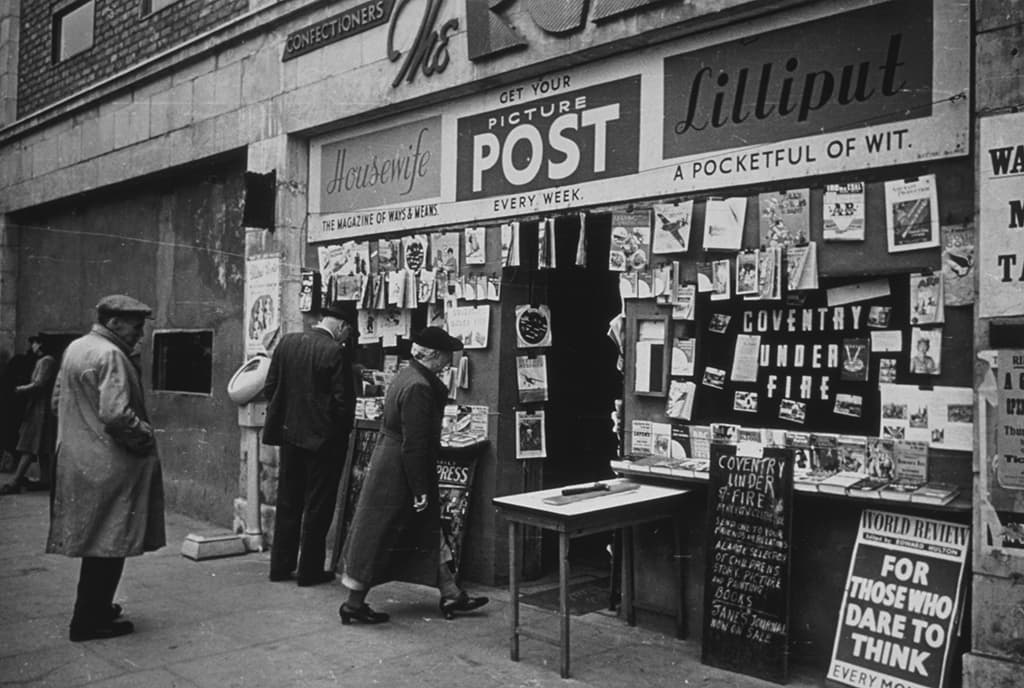
1942: A newsagent’s shop in Coventry selling Picture Post. Photo by Haywood Magee/Picture Post/Hulton Archive/Getty Images
Classic covers
Rob reckons several factors caused Picture Post’s closure in 1957. “There are different interpretations. TV took people’s attention away more, along with the advertising, so it became harder to make the magazine profitable.
There was the rise of Sunday colour supplements, too. In addition, the magazine lost its way editorially, particularly after Hopkinson left over a disagreement about some particularly shocking images from the Korean war. Bert Hardy said it became a ‘girlie’ magazine, and while that is not entirely fair, it did lose both editorial direction and a sense of social purpose.
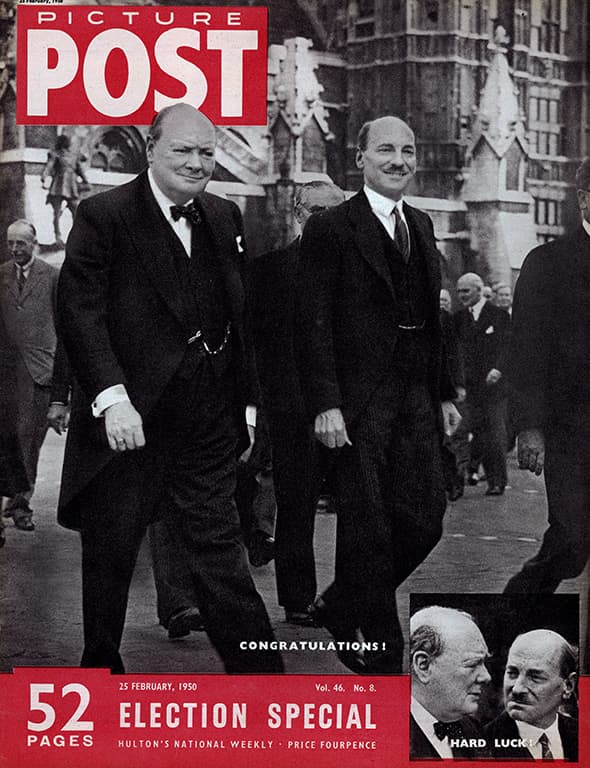
An iconic cover from February 25, 1950
Many of the things had been fighting for, such as the NHS, came to pass. That said, the decision to close the title came quite suddenly and it could have carried on under a different proprietor.”
So what is Rob’s favourite Picture Post cover? “It’s hard to say, but Bert Hardy’s image of fishwives chatting in Hull is classic Picture Post. It captures so much about what the magazine was trying to do, showing ordinary people living ordinary lives. I also like as it’s part of a picture story, not just a glamour shot without much context.”
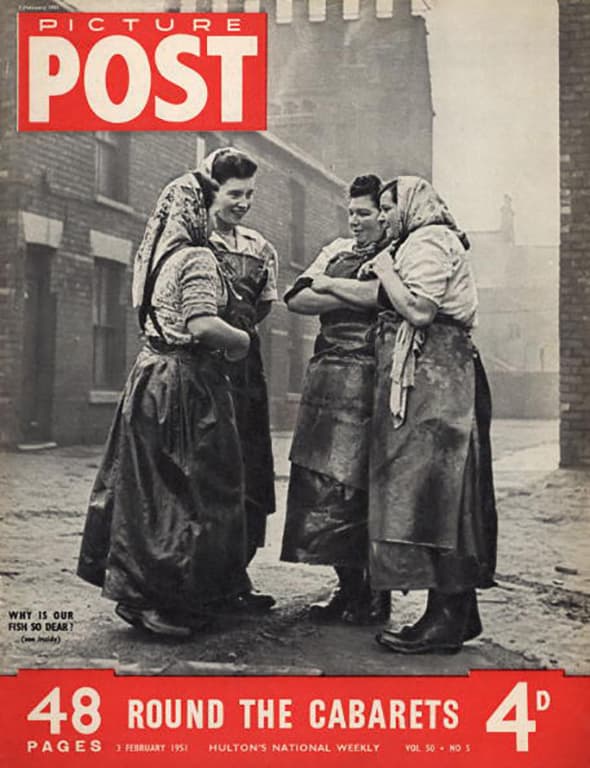
3rd February 1951: Four fishwives gather for a chat in the English fishing port of Hull.
Picture Stories is available for digital download from September 30th and UK screenings start from September 15th, including a showing at The Photography Show. More info can be found at picturestoriesfilm.com
Who were Picture Post’s most famous photographers?
* Bert Hardy (1913-1995)
Hardy is forever associated with Picture Post, having joined the magazine in 1941. One of seven children, he become involved with photography while working for a chemist and first came to attention with his shots of George V and Queen Mary in the 1930s. Hardy gave up photography in 1964 to become a farmer, but was widely celebrated in later life.
* Thurston Hopkins (1913-2014)
Raised in a more middle class background than Hardy, Hopkins was also a self-taught photographer, and a committed Leica user. He was so keen to join Picture Post he put together a dummy issue, using his own photographs, which got him hired as a freelancer.
* Humphrey Spender (1910-2005)
Spender was of Anglo-German ancestry and was given his first camera as a child. He had quite a strong career in photography before joining Picture Post and had a lucky escape when he bumped into SS head Heinrich Himmler in an Austrian hotel in 1944 – Spender was secretly working for the British army at the time,
* Kurt Hutton (1893-1960)
Born in Germany, Hutton migrated to England in 1934 and was one of the founding staff members of Picture Post. One of his most famous images shows some girls enjoying themselves at an Essex funfair in 1938,
* Grace Robertson (1930-2021)
Robertson’s first photo project appeared in Picture Post in 1951 – her father also worked for the magazine. Although usually given ‘women’s subjects’ to photograph for Picture Post she made a solid and long-lasting contribution to photojournalism.

